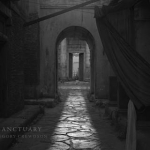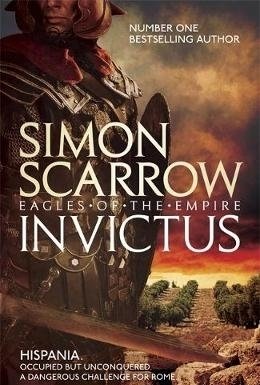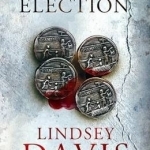
Sanctuary
Gregory Crewsdon and A.O. Scott
Book
While visiting Rome, world-renowned photographer Gregory Crewdson was invited to tour the legendary...

Quieter Than Killing
Book
Sarah Hilary, winner of the Theakstons Crime Novel of the Year, returns with a new DI Marnie Rome...

Invictus
Book
The Sunday Times bestseller. INVICTUS is a gripping, authentic and exciting novel of the Roman army...

Deadly Election: Falco: The New Generation
Book
In the blazing July heat of imperial Rome, Flavia Albia inspects a decomposing corpse. It has been...
Business Essentials Business Maths: Essentials CD-ROM
Book
BPP Learning Media's Business Essentials books can be specifically used on courses leading to...
Book Divas (227 KP) rated Sands of Time (Fate of the True Vampires, #1) in Books
Dec 12, 2017
#savethevampires
graveyardgremlin (7194 KP) rated Stardust Time in Books
Feb 15, 2019
I found this to be a sweet story. Not the best time-travel romance I've read, but it is far from the worst. Rome and Adrian were pleasant characters, although Adrian's constant questioning and thought process could get annoying at times. The end was a bit rushed and I wish it could have been a little different, but it was decent. Still, I thought it was a lovely story with likeable, and one not so likeable, characters.
Pompeii Reconstructed
Book
Ancient Rome reconstructed to its original magnificence. With Herculaneum and Villa Jovis on Capri....
Ruben Ostlund recommended The Great Beauty (2013) in Movies (curated)

Google Earth
Navigation and Travel
App
This is the new Google Earth. Gain a new perspective of the world as you explore the globe with a...

